“Remember Remember the 5th of November,
Gunpowder treason and plot
We see no reason why
Gunpower treason
Should ever be forgot.”
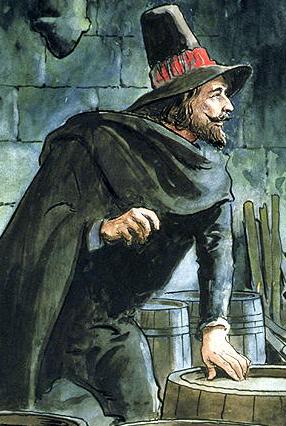
Guy Fawkes was one of the most notorious Yorkshiremen in history. He is famous for being involved in the “Gunpowder Plot,” which was to blow up The Houses of Parliament, including the monarch, King, James I in 1605. This historical event is commemorated throughout the UK on November 5th, where it is customary to build a large bonfire and burn a “guy,” an effigy made of rags and other material, which represent the fallen criminal. Who though was the man behind the name, Guy Fawkes?
Early Life and Religious Beliefs
Guy Fawkes was born on Stonegate, York in 1570 to Edward and Edith Fawkes, who at this time were both Church of England. When Guy was eight years old his father died and soon afterwards his mother re-married a Catholic man, Dionis Baynbrigge. His religious beliefs influenced a young Guy into converting to Catholicism himself.
He attended St Peter’s School, on the banks of the River Ouse and briefly worked for local nobleman, Anthony Browne 1st Viscount Montagu and his grandson. As a young man his Catholic beliefs led him to fight for the Spanish army in the Eighty Years war against the Protestant Dutch Republic in 1591. He became a skilled soldier, especially in the use of explosives and changed his name to Guido in order to make him sound more Spanish. He fought well in further notable battles during the conflict, including the Siege of Calais in 1596 and by 1603 was recommended for a promotion to Captain.
Fawkes’ religious beliefs also turned him against the current British monarch, James I, who was Protestant and Scottish. During his early reign James had made Protestantism the most dominant religion in the UK, introducing laws which made it more difficult for Catholics to worship freely. In February 1604, the King declared his utter detestation for the Catholic religion, expelling many priests and Jesuits in the process. King James also wanted a single union between Scotland and England, of which he ruled both, something that was unpopular among the English at the time. Buoyed by his successes on the battlefield, Fawkes asked King Phillip II of Spain to help force a Catholic rebellion in England, which the monarch politely declined.
Disappointed, Fawkes continued to fight for the Spanish cause in Flanders, where he was approached by another soldier, Thomas Wintour. He was forming a group of conspirators who plotted to blow up the Houses of Parliament at the State opening of Parliament, which would have been led by James I. Fawkes’ skills with explosives plus his own motivations for killing the monarch led him to become involved in the plot.
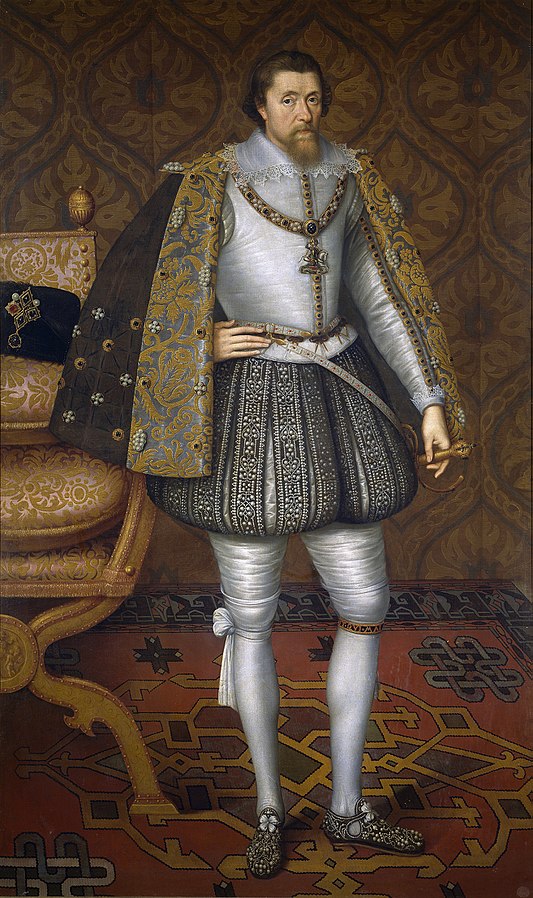
Gunpowder Treason and Plot!
After the war was over Fawkes, along with the other conspirators which by now, included Wintour, Thomas Catesby, the leader, Christopher Wright, a fellow “Yorkie,” Thomas Percy and Francis Tretham, returned to England. They met up and formulated the Gunpowder plot in 1604 during a meeting at the Duck and Drake pub on the Strand in London.
The plan involved Fawkes to secretly light the explosives underneath the House of Lords where the State Opening of Parliament would take place. Once the deed was done, he would escape down the River Thames to the Continent, where he would hide and try to convince other governments to support a British Catholic uprising. Meanwhile the other conspirators would try and force a revolution in the Midlands by capturing the king’s nine year old daughter, Elizabeth and proclaim her as a Catholic head of state.
In order to carry out this plan they rented an underground cellar underneath the House of Lords. In July 1605 the first boxes of gunpowder were secretly transported to the room, which was to be guarded by Guy Fawkes, under the alias of John Johnson. On 4th November there were thirty-six boxes which would be enough to destroy the entire monarchy and political establishment of England. The state opening of Parliament, originally intended to be held on October 26th, was postponed due to an outbreak of plague in London and re-arranged for November 5th instead. This gave the plotters more time in which to carry out their plan.
The Failure of The Gunpowder Plot
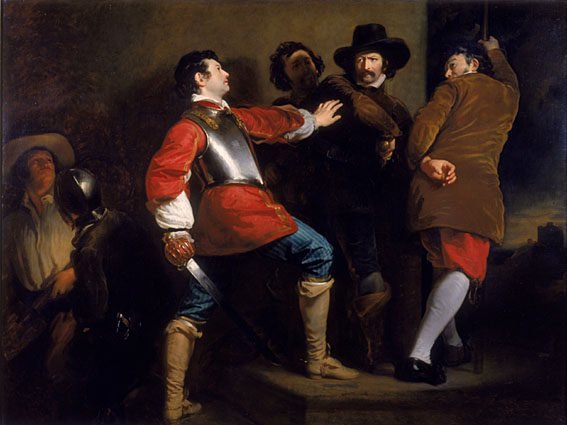
There was one concern which haunted the gang of Catholic rebels. Among the people set to attend the State openings of Parliament were Catholic peers, who were friends, sympathetic to their cause. Some of the conspirators did not want them to die in the explosion and so a letter was sent warning them to stay away from the ceremony by one of the plotters, Francis Tresham. One of the recipients was his brother-in-law, Lord Monteagle, who became suspicious and showed it to the Secretary of State, Robert Cecil. He arranged for the Houses of Parliament to be searched high and low for any suspicious packages or people. Tresham tried to persuade the rest of the plotters to abandon the plan, but Catesby insisted it should go ahead and set off to the Midlands to try and stage the uprising. Fawkes was left on his own to guard the dynamite in the House of Lords cellar.
At midnight on 4th November, Guy Fawkes was caught by the King’s guard and tortured until he confessed the entire plot, four days later. Meanwhile in the Midlands, Catesby and some of the other plotters were killed in a shoot out at Holbeache house in Staffordshire. It has been claimed later that had Fawkes managed to set off the explosives there would only have been a very small, unthreatening explosion due to the gunpowder decaying after several months of storage in the damp, underground cellar.
Trial & Execution

Fawkes’ signed confession obtained from him after several days of torture was weak and shaky, due to the pain he had suffered. Afterwards he was put on trial with the other surviving plotters, unanimously found guilty of high treason, and sentenced to death by hanging.
On execution day, 31st January 1606, Guy Fawkes was the last of the conspirators to be hung. He had though, one last dying trick up his sleeve. After he ascended the ladder to enter the gallows he suddenly jumped instantly killing himself. This act meant that he died on his own terms and not at the hands of the Protestant state in which he loathed.
Bonfire Night

The nature of Guy Fawkes’ execution could perhaps start to explain why, even today, Guy Fawkes is still regarded as a cult hero. In a poll carried out by the BBC in 2002 to find the one hundred greatest Britons, Fawkes came in at number thirty. Almost immediately after his death, a law was passed called “The observance of 5th November Act,” which enforced a day of thanksgiving for the failure of the plot and so the tradition of “Bonfire night” began. The day was known back in the 17th Century as “Gunpowder Treason Day,” and celebrated by the lighting of bonfires around the country. The occasion was in its early days also used as a platform for anti-Catholic speeches and violence, which occurred until the mid-nineteenth century, notably in places, such as Guildford and Lewes. Effigies would be burnt of Fawkes and other hate figures, such as The Pope.
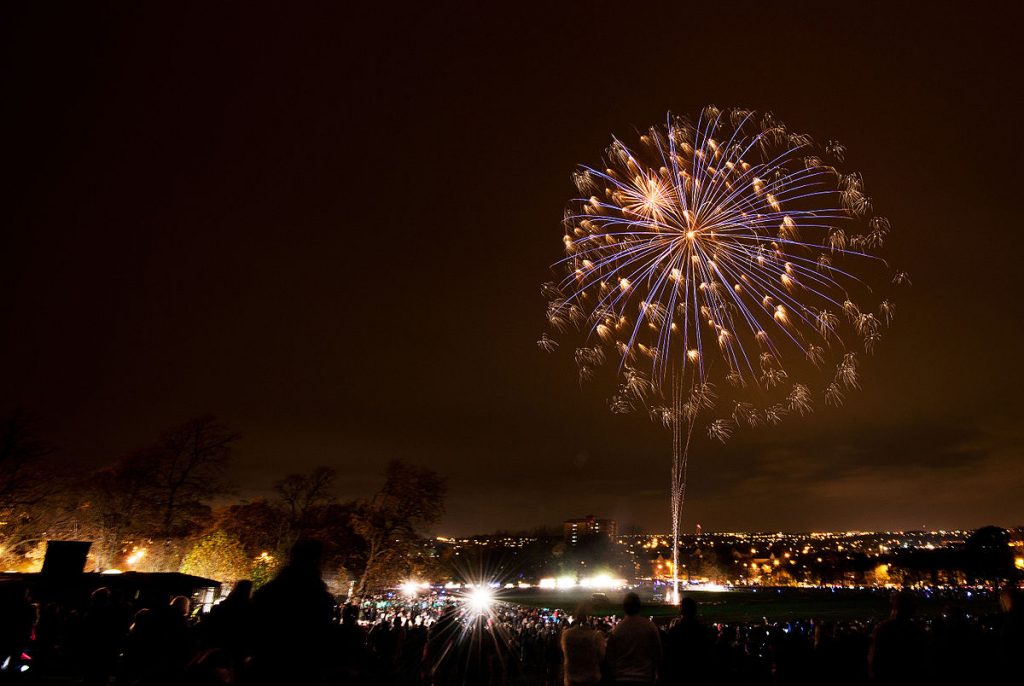
The act enforcing this celebration was repealed in 1859, but the tradition of bonfire night, albeit more peaceful nowadays has lived on until the present day, with bonfires accompanied by fireworks a common sight throughout the country every 5th November. Effigies of Guy Fawkes are also still being burnt to this day for his role in one of the most famous moments in British history. To this day, Guy Fawkes, the man from York, is still also regarded as the last person to enter the Houses of Parliament with honest intentions!


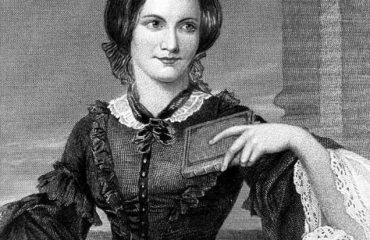
![Photographer Yorkshire Photographer taking a photo [Source: Flickr]](https://i-yorkshire.com/wp-content/uploads/2020/02/Photographer-370x240_c.jpg)